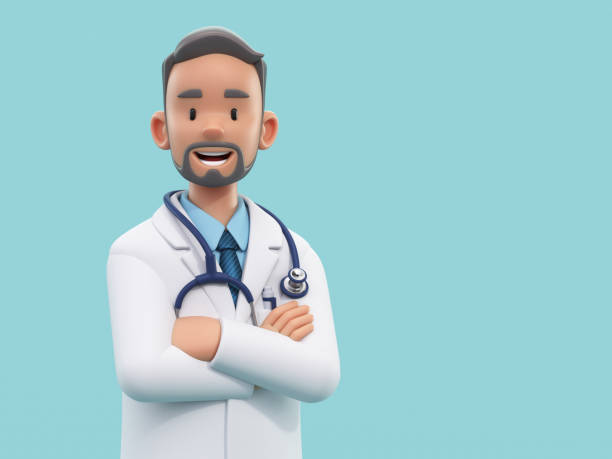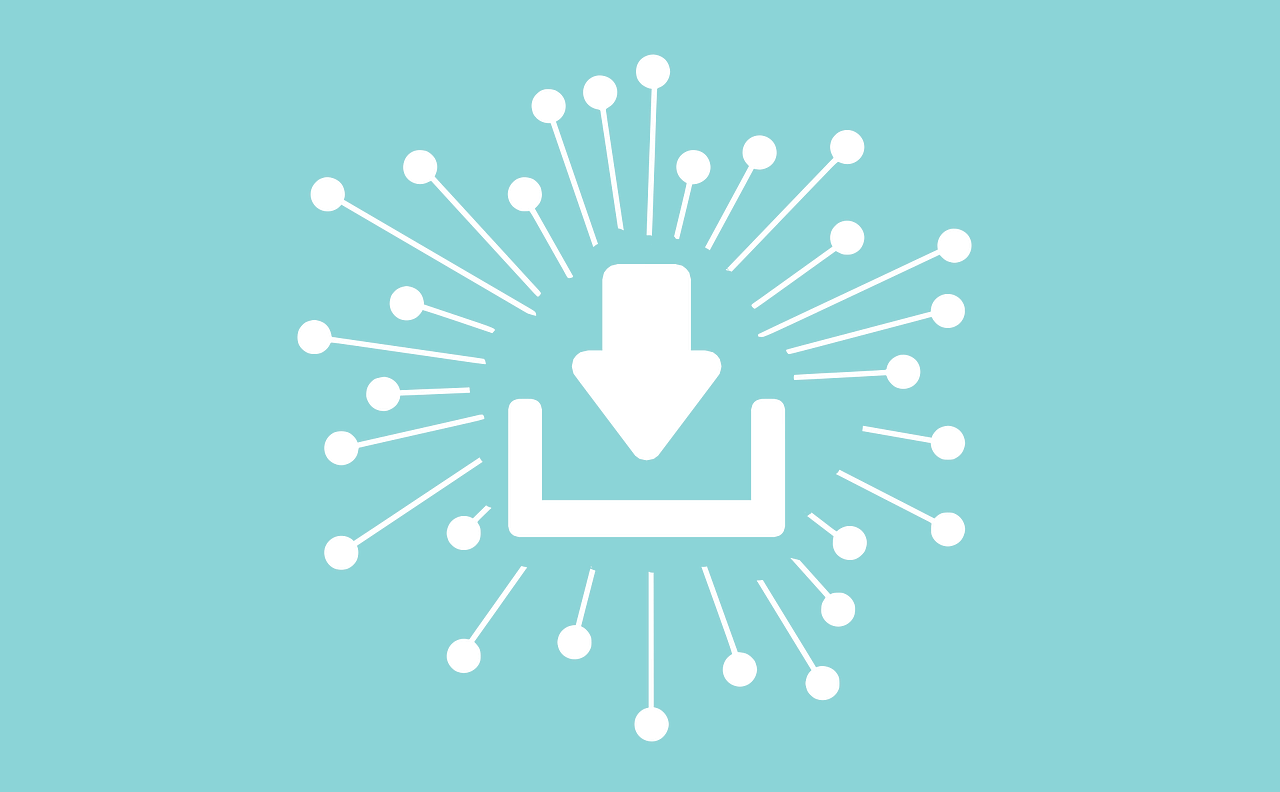In a world teeming with abbreviations, the quest to understand what each one represents is a continuous journey of discovery. “What Does DOTS Stand For?” is more than a question—it’s a doorway to a deeper comprehension of a term that carries varying significances across different fields and practices. This article is your expertly crafted guide to unraveling the mysteries held within the acronym DOTS.
With a foundation of expertise in unriddling acronyms, we set the stage to explore the numerous interpretations of DOTS. Whether it pertains to a medical strategy, a technical process, an organizational framework, or another specialized use, understanding the full meaning of DOTS can offer profound insights into the concepts it represents.
The value of this article lies in its capacity to not only inform but to enhance the reader’s understanding of the specific contexts in which DOTS is used. Our meticulous approach to explaining acronyms ensures that you will walk away with a well-rounded grasp of what DOTS stands for, tailored to the appropriate applications.
As we embark on this journey, we invite your curiosity to lead the way, promising to engage it with intriguing information and thought-provoking content. By the end of this exploration, you will not just have deciphered the acronym DOTS; you will have gained a new perspective on how an abbreviation can encapsulate a complex idea, process, or policy.
Prepare to delve into an article that does more than define an acronym—it illuminates the significance of DOTS, encouraging further reading and fostering a deeper appreciation for the power of language in our shared knowledge base. Let’s begin the quest to understand what DOTS stands for.
Contents
Learn The Definition
DOTS is an acronym used in first aid and medical situations that stands for Deformities, Open wounds, Tenderness, and Swelling. It provides a helpful framework for quickly assessing injuries or issues on a casualty, especially when the person is unconscious or unable to communicate. Using the DOTS acronym ensures first-aid providers do not overlook subtle signs of injury that require treatment. Memorizing DOTS allows rapid injury identification and facilitates proper first aid.
What DOTS Stands For and Why It Matters
DOTS is an easy to remember acronym that cues assessment of:
- D – Deformities: Irregularities in the shape or alignment of body parts that may indicate dislocations, fractures, or other trauma.
- O – Open wounds: Breaks in the skin including cuts, punctures, abrasions, or other openings.
- T – Tenderness: Areas of discomfort or pain when touched or moved, signaling potential injury.
- S – Swelling: Enlargement, inflammation, or puffiness resulting from internal bleeding or trauma.
Checking a casualty for DOTS provides critical information to identify injuries, determine first aid needs, and assess severity. The simple acronym acts as a checklist to ensure potential issues are not overlooked. Properly applying DOTS can mean the difference between life and death, disability or recovery for trauma victims.
Performing a DOTS Assessment
Before rushing to check DOTS, ensure the scene is safe for both yourself and the casualty. Your first priority is to avoid additional harm.
Once the scene is secured, conduct a systematic DOTS assessment:
Deformities
Visually scan and manually check the casualty head-to-toe for irregular body contours or limb angles. Compare both sides of the body. For example, if one arm appears bent at an odd angle compared to the other, it may indicate a dislocation or fracture. Subtle deformities can signal serious underlying trauma.
Common deformity causes:
- Bone fractures
- Spinal damage
- Joint dislocations
- Head trauma
Open Wounds
Check the casualty for any break in the skin including:
- Cuts
- Lacerations
- Punctures
- Abrasions
- Burns
Ensure hidden wounds are not overlooked by fully exposing injured areas. Carefully check under clothing and bandages. Document the size and extent of any open wounds.
Tenderness
Gently palpate the head, neck, torso, arms, and legs for areas of tenderness or pain response. Check the back as well as the front of the body. Note exact locations of discomfort. Tenderness may be absent immediately after injury but emerge later as swelling develops. Even an unresponsive casualty may exhibit involuntary pain reactions.
Swelling
Look and feel for any enlargement, puffiness, or inflammation. Check joints and extremities closely. Compare bilateral body parts. Determine if swelling limits normal motion range. Underlying bleeding and inflammation causes swelling which may emerge gradually.
What DOTS Can Help Identify?

Performing a DOTS assessment provides clues to detect various traumatic injuries and conditions including:
Fractures – Broken bones often result in swelling, deformity, and tenderness directly over the fracture. The limb may also feel unstable or seem shortened.
Sprains and Strains – Joint sprains cause swelling, bruising, tenderness, and restricted motion. Strained muscles display similar inflammation.
Internal Bleeding – Accumulated blood under the skin surface leads to swelling and puffiness that is distinct from bone trauma. Vital signs may also indicate blood loss.
Head Trauma – Injuries like concussions and hematomas can cause head deformity, bleeding, or tenderness. Check for clear fluid or blood draining from eyes, nose, and ears.
Back and Neck Injuries – Spinal damage may cause localized tenderness and pain or broader neurological symptoms like paralysis.
Burns – Severe burns create external and internal tissue destruction. Assess the burned area extent, depth, and associated deformity.
First Aid After DOTS Assessment
Record details of any DOTS findings including locations, severity, and symptoms noted during evaluation. These details guide appropriate first aid interventions and provide information for EMS personnel.
After conducting the DOTS assessment:
- Address severe bleeding by applying direct pressure and elevation.
- Immobilize fractures with splints without applying pressure over deformities.
- Follow the RICE principle (Rest, Ice, Compression, Elevation) for sprains.
- Position those with potential spinal trauma appropriately to avoid further injury.
- Cover burns, lacerations, and abrasions with sterile dressings.
Limitations and Next Steps
While DOTS provides an organized initial injury survey, it does not replace comprehensive medical assessment and care. DOTS aids in prompt first aid but further interventions will likely be required. Depending on injuries, ongoing monitoring and support may be needed to preserve life and limb.
After addressing urgent first aid needs revealed via DOTS, call emergency services or transport the casualty to the nearest healthcare facility. Providing DOTS details helps EMS and hospital personnel triage and treat the patient. Proper diagnosis and treatment require imaging, labs, surgery, medications, and specialty care that exceed first aid capabilities.
Conclusion
The simple DOTS acronym is a staple of first-aid training because it is easy to remember and helps responders rapidly locate injuries. Checking for deformities, open wounds, tenderness, and swelling provides critical clues to the victim’s condition and guides appropriate first interventions. DOTS identifies signs and symptoms not readily apparent. Performing a systematic DOTS assessment facilitates prompt, effective care and improves trauma outcomes. All first-aid providers should memorize this life-saving technique.
What Does DOTS Stand For?
So what does DOTS stand for? Dots stands for “Data-Driven Overlay Tracking Solutions” in the medical first aid industry. It is a powerful software that uses technology to help organizations quickly identify, track and analyze patient data. This helps medical professionals to make informed decisions regarding treatments and interventions more accurately. Additionally, DOTS also enables healthcare providers to monitor their patients’ recovery progress in real time.
Why To Know About DOTS?
DOTS in medical can help healthcare professionals better understand and manage patient care. By monitoring data points such as lab results, health records and patient history, doctors can more accurately diagnose illnesses or injuries. Additionally, the platform allows healthcare professionals to develop custom protocols that are tailored to each individual’s needs. This helps ensure that patients receive the best possible care for their condition.
What Are DOTS Components?
DOTS components include:
- Dashboards – Dashboards are interactive, visual representations of data that can be used to monitor and analyze customer behavior in real time. They provide businesses with detailed insights into customer preferences and transactions.
- Automated alerts – Automated alerts provide quick notifications when specific events occur, such as a customer making a purchase or a website experiencing technical difficulties. This helps businesses respond quickly and effectively to potential problems.
- Data visualizations – Data visualizations are graphical representations of data that can be used to better understand customer behavior. They provide businesses with detailed insights into customer preferences and transactions, as well as the ability to identify trends and patterns in customer journeys.
What Are Benefits And Drawbacks Of Using DOTS?
Benefits
Now you have known what does DOTS stand for. Using DOTS First Aid can bring many benefits to businesses, such as:
- Increased efficiency and productivity by providing detailed insights into customer behaviors in real time.
- Improved customer relationships due to better understanding of their needs and wants.
- Reduced operational costs through automated alerts and insights that help provide early warnings of potential problems.
- Increased sales and revenue through better understanding of customer preferences.
Drawbacks
Despite the many advantages of using DOTS, there are also a few drawbacks to consider:
- User must have a basic understanding of analytics in order to utilize all features effectively.
- Cost can be more expensive than other software solutions available on the market.
- Reports can take a long time to generate, depending on the size of the data set.

What Are Different Types Of First Aid And How DOTS Can Help?
There are many different types of First Aid, such as:
- Emergency first aid – This type of First Aid is used in cases where a person is having a medical emergency and needs immediate medical attention. DOTS can help by providing detailed insights into the situation and helping to guide responders to the right course of action quickly.
- Basic first aid – Basic first aid is used to treat minor injuries such as cuts, burns, and bruises. DOTS can help by providing detailed information about the injury and helping responders provide the best possible treatment plan.
- Advanced first aid – This type of First Aid is used in cases where a medical emergency requires more advanced treatments such as surgery or resuscitation. DOTS can help by providing detailed information about the situation and helping to guide responders to the right course of action quickly.

How Does DOTS Work?
DOTS uses a combination of data analytics and machine learning algorithms to accurately track, analyze, and visualize patient data. By collecting information from multiple medical devices, it can identify trends in the progression of a patient’s condition over time. This allows healthcare providers to more quickly diagnose the cause of an illness or injury and to make informed decisions about treatments or interventions. Additionally, DOTS can also be used to track a patient’s recovery progress in real time.
How To Use DOTS?
DOTS can be used by any healthcare organization, big or small, to help quickly identify and track patient data. It is a simple software that is easy to use and can be adapted to any medical environment. All hospitals need to do is connect their medical devices such as MRI machines, EKG machines, X-rays scanners etc. with DOTS software, and the data will be automatically collected, analyzed and visualized. This allows medical professionals to quickly identify trends in patient data and make informed decisions more accurately. Additionally, the software can also be used to monitor a patient’s recovery progress in real time.
What Are Elements Of A Properly Stocked First Aid Kit DOTS?
A properly stocked first aid kit should include the following items:
- Antiseptic solution or medicated wipes for cleaning wounds.
- Sterile gauze pads and bandages to cover wounds.
- Adhesive tape for holding bandages securely in place.
- Disposable latex gloves for protection against germs and bacteria.
- Tweezers for removing foreign objects from wounds.
- Antihistamine tablets or cream to help reduce symptoms of allergies and insect bites.
- Pain relievers such as ibuprofen, acetaminophen or aspirin.
- First aid manual for quick reference on how to properly treat injuries and illnesses.
With DOTS First Aid, you can easily track and record the items in your first aid kit to ensure that you always have what you need when an emergency arises. This helps to reduce the risk of injury or illness due to lack of proper supplies.
What Are Tips For Increasing Knowledge Of DOTS Treatment Options?
To increase knowledge of DOTS treatment options, businesses should:
- Read up on the best practices for using DOTS and its features.
- Participate in online forums to discuss usage and application of DOTS.
- Attend workshops or seminars to learn more about data-driven solutions.
- Implement a training program for employees using DOTS.
- Monitor customer feedback and use it to make informed decisions about how to improve products and services.
- Experiment with different data visualizations to gain a better understanding of customer behavior patterns.
What Are Considerations For Administering DOTS To The Injured?
When administering DOTS to the injured, businesses should consider:
- The type of injury sustained and the severity.
- The individual’s age and medical history.
- Any potential allergies or sensitivities they may have.
- The availability of resources such as trained personnel and equipment.
- Whether there are any existing regulations or laws that need to be followed.
- How long the individual will need to remain under DOTS treatment.
- The potential cost of administering DOTS treatments for this person.
By taking all of these considerations into account, businesses can ensure that they are providing the safest and most effective DOTS treatments possible. This helps to improve patient outcomes and reduce the risk of further injury or complications.

Conclusion: What Does DOTS Stand For?
In medical, DOTS stands for Dynamic Object Tracking System. It is a data-driven solution that helps businesses track and analyze customer behavior in real time. Through the use of dashboards, automated alerts, and data visualizations, businesses can gain detailed insights into customer preferences and transactions. This allows them to make informed decisions about how to improve products and services, as well as administer the most effective treatment options for the injured. Ultimately, DOTS helps businesses to deliver better customer experiences and improved outcomes. Thank you for reading “what does DOTS stand for?”
FAQs: DOTS
What Does DOTS Stand For In Lifeguarding?
DOTS is an acronym that serves as a helpful tool for conducting a thorough physical assessment of a casualty and identifying potential injuries. Each letter in DOTS stands for a crucial aspect to consider: Deformities, Open wounds, Tenderness. And let’s not forget the importance of RICE – Rest/Reassure, Ice/Immobilize, Compression, Elevation. By following these guidelines, you can ensure a comprehensive evaluation and appropriate care for the injured individual.
What does DOTS stand for in secondary assessment?
DOTS is a helpful mnemonic for conducting a comprehensive CFR assessment. Each area of the body is carefully evaluated for deformities, open injuries, tenderness, and swelling. This systematic approach ensures a thorough examination and accurate evaluation.
What does DOT stand for in pharmacy?
Directly observed therapy (DOT) is a crucial approach to ensure that individuals receive and adhere to their prescribed medications while closely monitoring their treatment response. DOT is extensively employed in the management of tuberculosis (TB) disease. In the context of HIV treatment, DOT is also known as directly administered antiretroviral therapy (DAART). This method plays a vital role in optimizing medication adherence and treatment outcomes for individuals with these conditions.
What does DOT mean in OSHA?
Today, the Pipeline and Hazardous Materials Safety Administration (PHMSA) of the U.S. Department of Transportation (DOT) and the Occupational Safety and Health Administration (OSHA) of the U.S. Department of Labor…
What are dots drugs?
Directly observed treatment, short-course (DOTS), also known as TB-DOTS, is the tuberculosis (TB) control strategy endorsed by the World Health Organization. According to the WHO, the most effective and economical approach to halt the transmission of TB in communities with a high incidence is through its complete cure.
What is at with a DOT on top medical?
This could possibly be pharmaceutical shorthand. Back in the day, I worked in a chemist shop where prescriptions were written using this shorthand. For instance, “T” with a dot above it indicated a medication to be taken three times a day, while “T” with two dots above it meant two doses, three times a day, and so on.
What is the difference between OSHA and DOT?
The Department of Transportation (DOT) oversees the roadworthiness of trucks and trailers, enforcing strict requirements for their safe operation. DOT holds jurisdiction over interstate commerce, while OSHA governs intrastate commerce, with the exception of hazardous materials handling.
What is DOTS in biology?
Quantum dots are tiny nanocrystals made of semiconductors. They possess wide excitation spectra, precise emission spectra, adjustable emission peaks, long fluorescence lifetimes, minimal photobleaching, and the capability to bind with proteins. Due to these remarkable properties, they serve as exceptional probes for various bioimaging applications.
What drugs are in DOTS?
The DOTS treatment entailed a four-drug regimen consisting of isoniazid (INH), rifampicin (Rif), prazinamide (PZA), and ethambutol (EMB), administered for a duration of 6-9 months.
Is TB Dots free?
In San Jose, Antique, the public can access free medical services for the testing and treatment of tuberculosis (TB) through the Directly Observed Treatment Short-course (DOTS) program. These services are available at various Rural Health Units (RHUs), ensuring convenient access for those in need.

Trayce served as a grassroots leader and activist in Texas as President of Dallas and Texas Eagle Forum.
Trayce is Mom Caucus Member, Texas Conservative Mamas, Texas Conservative Grassroots Coalition Leader, and Grassroots America Champion of Freedom Honoree.
She currently serves as the Eagle Forum National Issues Chair on Human Trafficking.
Trayce received a Bachelor’s Degree in Marketing from Texas A&M
Currently, she homeschools her youngest child age 13 and graduated her six oldest children, ages 31 to 19.







